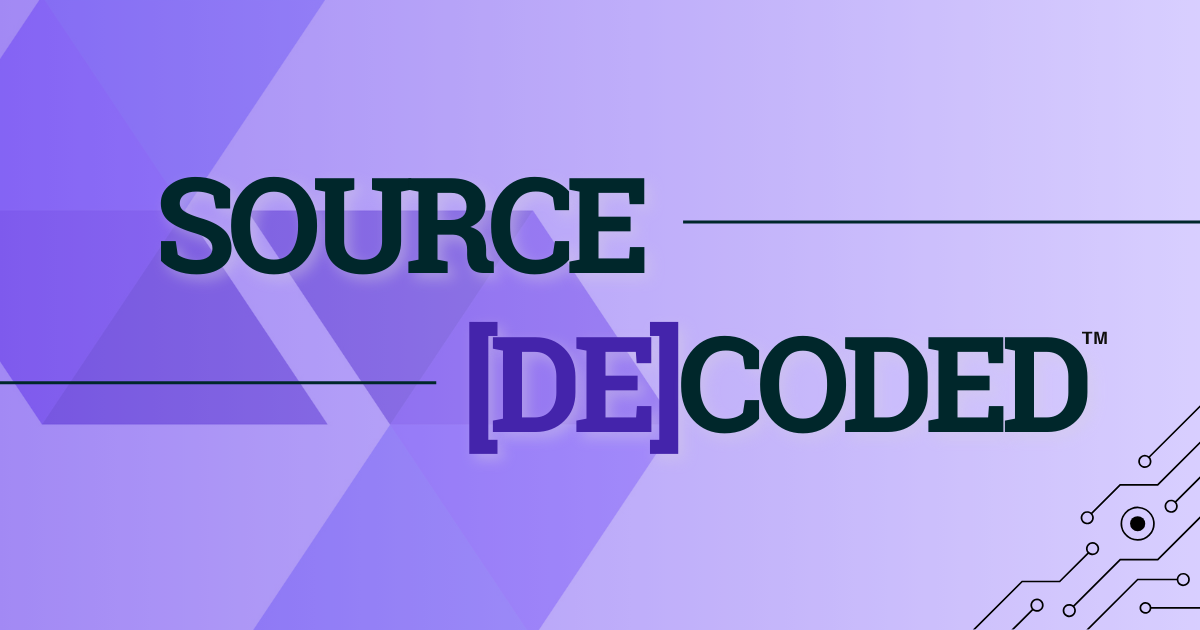Hey all!
Big news coming out of SourceCode in the last week. We hired Kevin Dulaney as our EVP, Head of Technology and Innovation. He’s working to optimize the business, making sure we’re leveraging automation and AI where possible, and building out some exciting new marcomm products (stay tuned on this front).
Equally as important (arguably), we gave our NYC office a bit of a facelift, and as a part of that we are the proud new owners of a neon sign (ok, LED…but still).
 This week’s newsletter has us diving into B2B marketing and the shift to targeting the people that make up the organizations, not the organizations themselves (wink wink, nod nod…ahem…Storyhub) as well as the impact AI is having on the advertising business.
This week’s newsletter has us diving into B2B marketing and the shift to targeting the people that make up the organizations, not the organizations themselves (wink wink, nod nod…ahem…Storyhub) as well as the impact AI is having on the advertising business.
Enjoy and see ya next time!
Greg & Becky
The consumerization of B2B marketing: B2B purchasing is shifting towards the individual consumer rather than the organization
TL;DR: The old-school approach to B2B marketing often includes sales calls, in-person events, and corporate sponsorships. But as digital marketing has ramped up in recent years, companies are relying more and more on online research, social media, review sites, and peer communities. This new school of thought targets B2B buyers personally – through their inboxes, social feeds, and internet ads – allowing multiple touch points to help close the organizational deal.
Takeaway: We’ve probably all been at the receiving end of this shift. You scroll on social media only to see ads for a corporate industry solution alongside ads for the new restaurant you’ve been wanting to try out. For better or for worse, our work and lives blend into our online identities. From a corporate perspective, this is great news if you’re trying to close a deal with a new buyer, but the variety of ads on a user’s newsfeed is important to consider. Your brand is not just competing for attention amongst your industry competitors anymore. Think of all the adjacent brands consumers are seeing alongside your brand – the clothing brands, the travel destinations, the lifestyle purchases, the entertainment options. When you think of how your B2B brand matches up to a buyer’s overall purchasing decisions, you’re telling the buyer that your brand belongs in their solutions lineup.
Consider:
- What other brands might your buyer be seeing across their digital channels? Think outside your industry or product offering.
- How can you personalize your marketing to speak to the individual buyer (not just the corporation they work for)?
AI is paying off for advertisers: Meta’s investing aggressively in AI solutions to increase efficiency
TL;DR: Generative AI has already fueled a 24% year-over-year increase in Meta’s ad business in Q4 for a total of $38.7 billion. This news comes after Meta’s “year of efficiency” and a deeper push to integrate AI across business solutions. The growth can be attributed mostly to Meta’s Advantage tools, including the Advantage+ Shopping solution that automates campaign creation using AI. Companies using the tool saw positive results including a 41% increase in return on ad spend.
Takeaway: You should absolutely be using AI to drive efficiency wherever possible, and ad buys are a perfect place to start. Brands using Meta’s Advantage tools noted that Advantage+ allowed them to “really just focus on creative… focus on overall strategy and concepting, but not necessarily spending too much time in the platform media buying.” Media buying is highly algorithmic, which makes it perfect for AI to perform. Brands are better off spending human resources on tasks AI is less good at, like crafting creative assets or plotting campaign strategies.
Consider:
- How can AI make your advertising more efficient?
- What is the best use of your human energy and time?
Gen Z & Millennial content preferences: How to reach the future B2B buyers and decision-makers
TL;DR: A few new studies recently dropped on Gen Z and young millennial content and brand interests. According to YPulse, 69% of 13 to 39-year-olds say they’re more likely to purchase brands that are considered “cool” – for 25 to 39-year-olds that includes brands like Nike, Savage x Fenty, and YouTube. Simultaneously, the Pew Research Center found that YouTube and Facebook were the top visited social media sites in 2023 (with 93% of Americans ages 18-29 using YouTube).
Takeaway: This is all interesting to note because, to add one more study to the mix, a July 2023 survey from Content Marketing Institute and MarketingProfs found that 57% of B2B content marketers worldwide face challenges creating the right content for their audience. It’s hard to make content when you don’t know where your audience is and what’s resonating with them. A problem that will only be exacerbated by changing buyer demographics and interests. To keep up with the future of B2B buyers and decision-makers, it’s important to study the brands that are resonating with them. Similarly, set yourself up for success by being present on the right digital platforms. When you’re creating with this future buyer in mind, you might find it becomes easier to create the right content consistently.
Consider:
- What are Nike and YouTube doing that makes them “cool” with these younger audiences?
- How can you show up on the top content platforms for your audience? Can you create visual content that resonates across popular sites like YouTube and Facebook?



